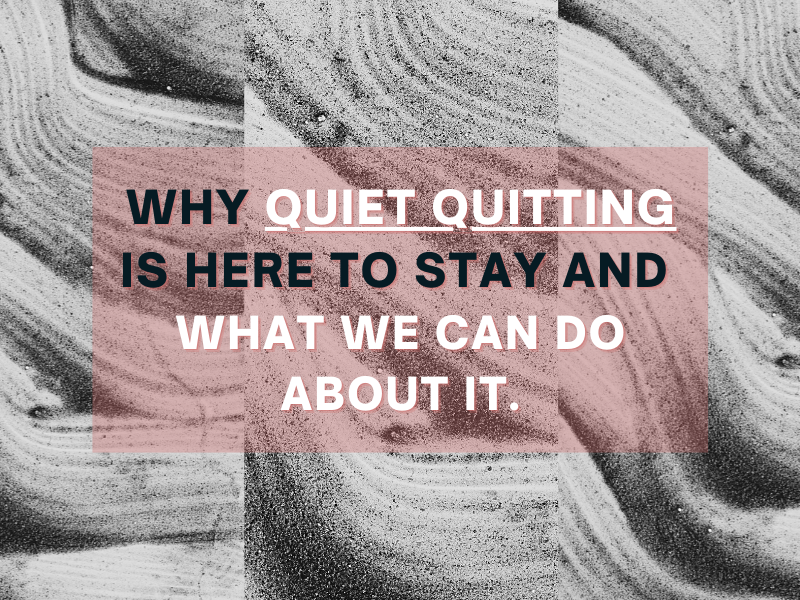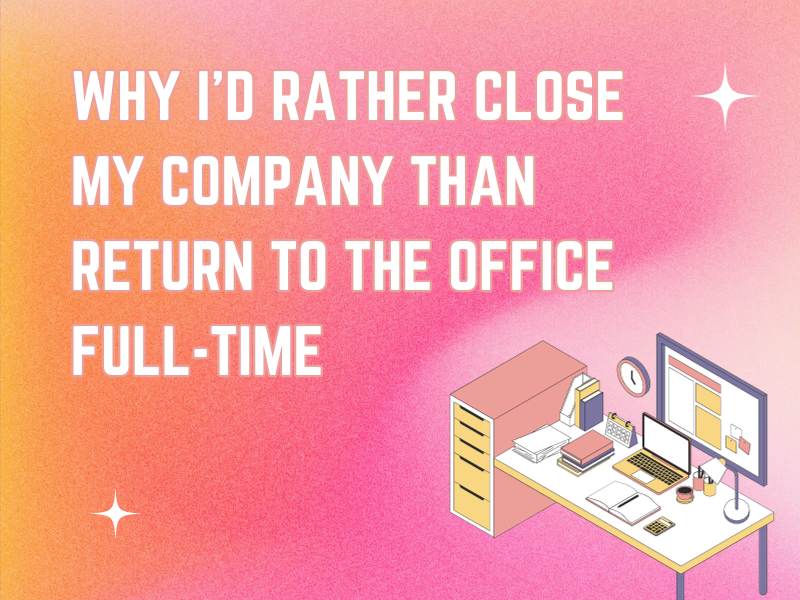If we view quiet quitting as a gentle form of resistance, of people taking ownership over how they want to work and saying enough is enough, then it is showing us that our current ways of working are unsustainable and pointing the way towards change.
With that in mind, here are some steps employers can take to address the issue:
Prioritize systems over individuals
This New Yorker article explores an intriguing idea. In it, Cal Newport looks at the evolution of the term ‘productivity,’ tracing it all the way back to the ‘The Wealth of Nations’ by Adam Smith, who defined it as “labor that adds value to materials.” This definition later evolved to “output produced per unit of input.” Increasing this metric was important, because it generates surplus value, helps the economy grow, and improves standards of living.
Back then, increasing productivity involved optimizing systems—the most notable being Henry Ford’s moving assembly line. This means the onus of output is removed from the individual and is instead placed on the system. The more efficient the system, the better the output.
However, this kind of systems-based thinking around productivity, for various reasons, was not applied to knowledge work and, according to Newport, “Productivity, for the first time in modern economic history, became personal.” Newport adds that: “More output is possible if you’re willing to steal hours from other parts of your day—from family dinners, or relaxing bike rides—so the imperative to optimize devolves into a game of internal brinkmanship.”
His advice? Reconfigure output away from the individual and back onto systems. This has already successfully been achieved in the tech industry, where instead of demanding greater productivity from engineers, they focus on improving the efficiency of the system. “Leaving individuals to focus on executing their work well, while letting scrutinized systems tackle the allocation and organization of this work, might just be exactly the balance needed to allow growth without dehumanization,” writes Newport.
Build the right culture
As the saying goes, “Change is the only constant,” and it’s a safe bet that you will be continuously pitted against external factors beyond your control. Your best insurance against these shocks will be the investment you put into building a strong culture—a culture that is open and transparent and based on mutual understanding and respect. This webinar on culture add is a great starting point to understand how to build a diverse and robust culture that is communicated from the hiring process onwards.
Be more aware of employees’ needs
This is an important step in building a workplace that is fluid and responsive to change, one that is co-created in partnership with employees and is stronger for it. It can sound like a daunting exercise, especially considering the resources necessary to create this kind of framework across a large organization, but tools can help. For example, Attuned’s psychology-backed AI platform reveals what your employees deeply value and need in order to flourish—i.e. their intrinsic motivators—and gives you actionable insights to address problems long before they start to snowball.






